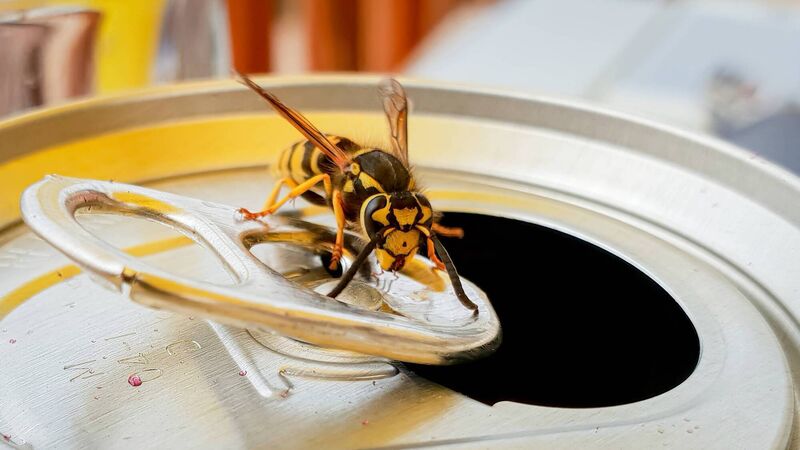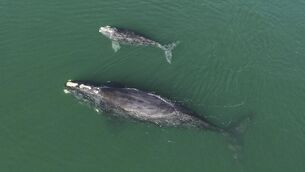Juanita Browne: There’s a wasp in my drink, what should I do?

A word of warning: A wasp sting is thought to release a pheromone that triggers other wasps close-by to attack — a clever defence mechanism to protect the nest. But the same pheromone is activated when a wasp is squished by a swatter at a picnic, and could simply invite more of her angry sisters to your party. So it may be more peaceful to just leave a glass of beer or a jam trap a little distance away to attract the party-crashers instead.
It’s often in late summer or early autumn that wasps cause us problems. In spring and early summer, they’re going about their business and you wouldn’t really know they’re around.
But at this the time of year, wasps can seem intent on ruining your picnic or outdoor drinks. It’s like they hear the sound of the ringpull on your drink and they’re right there beside you, like the worst party crasher.








